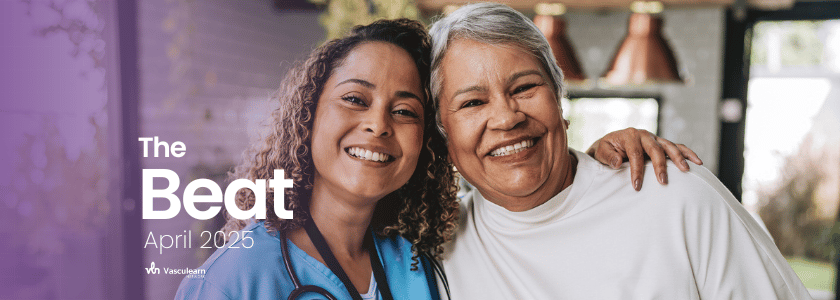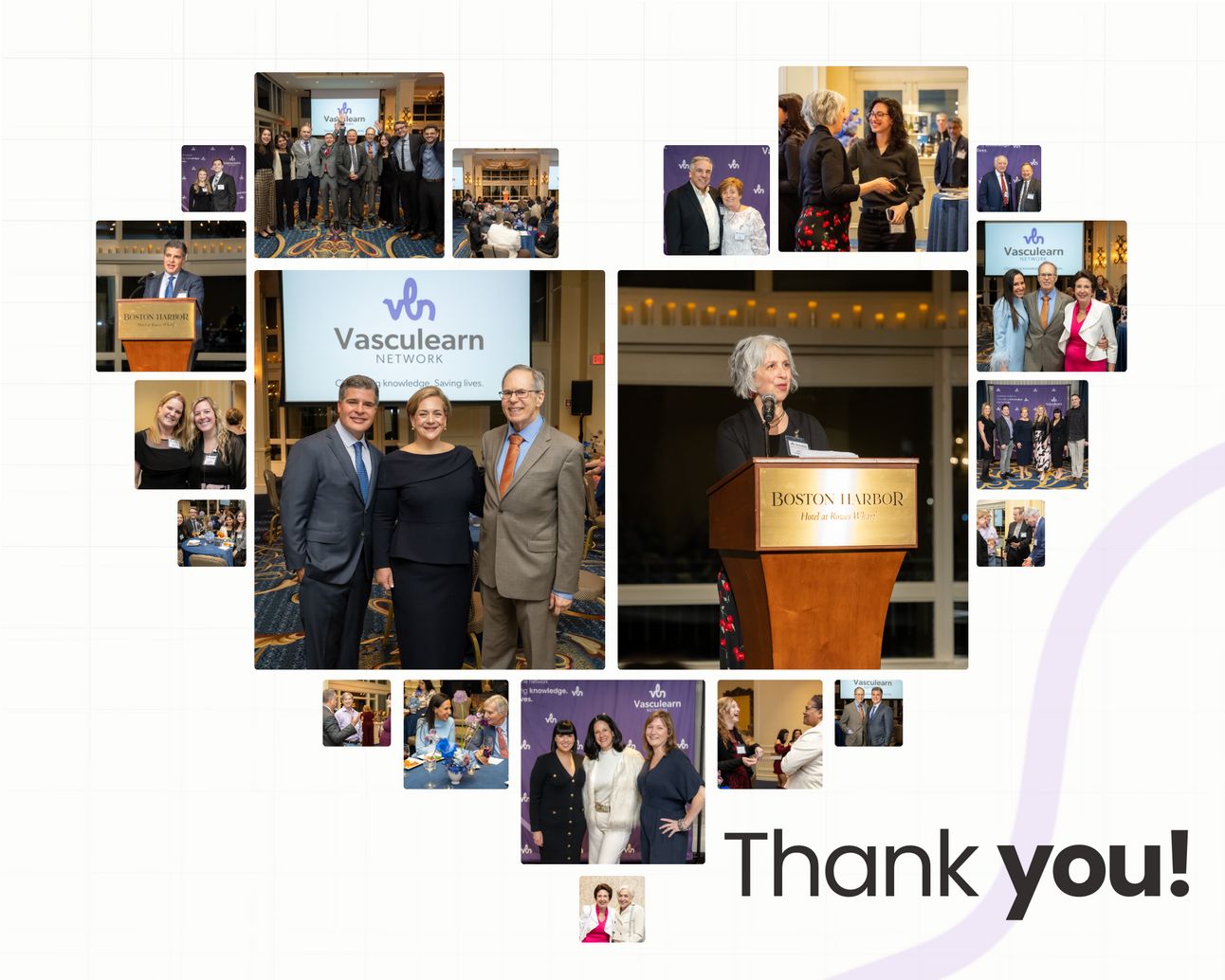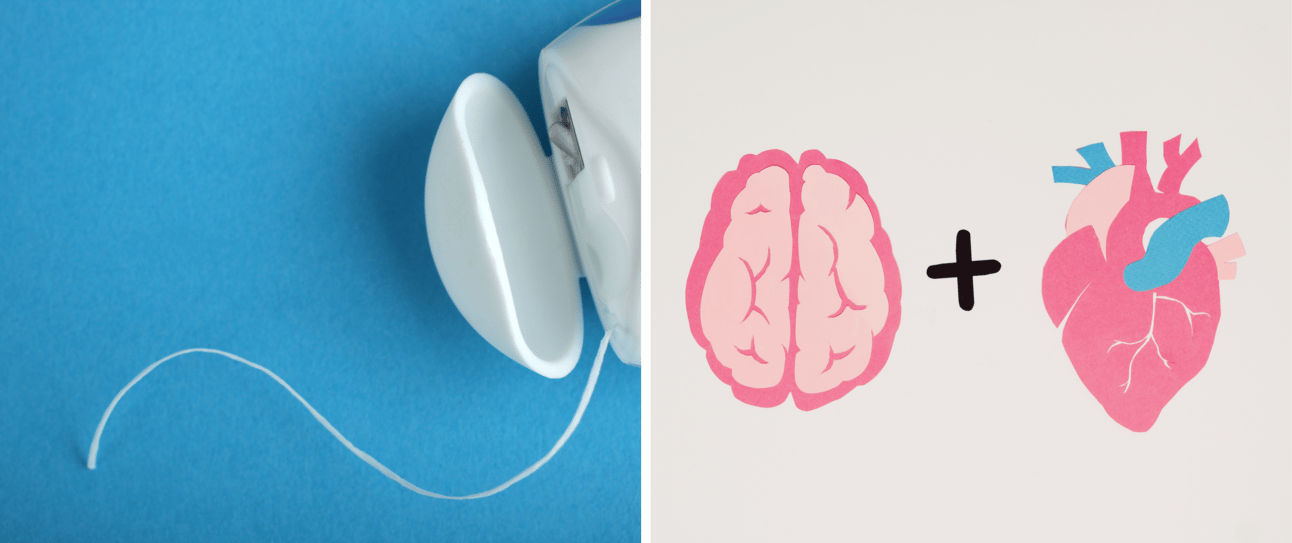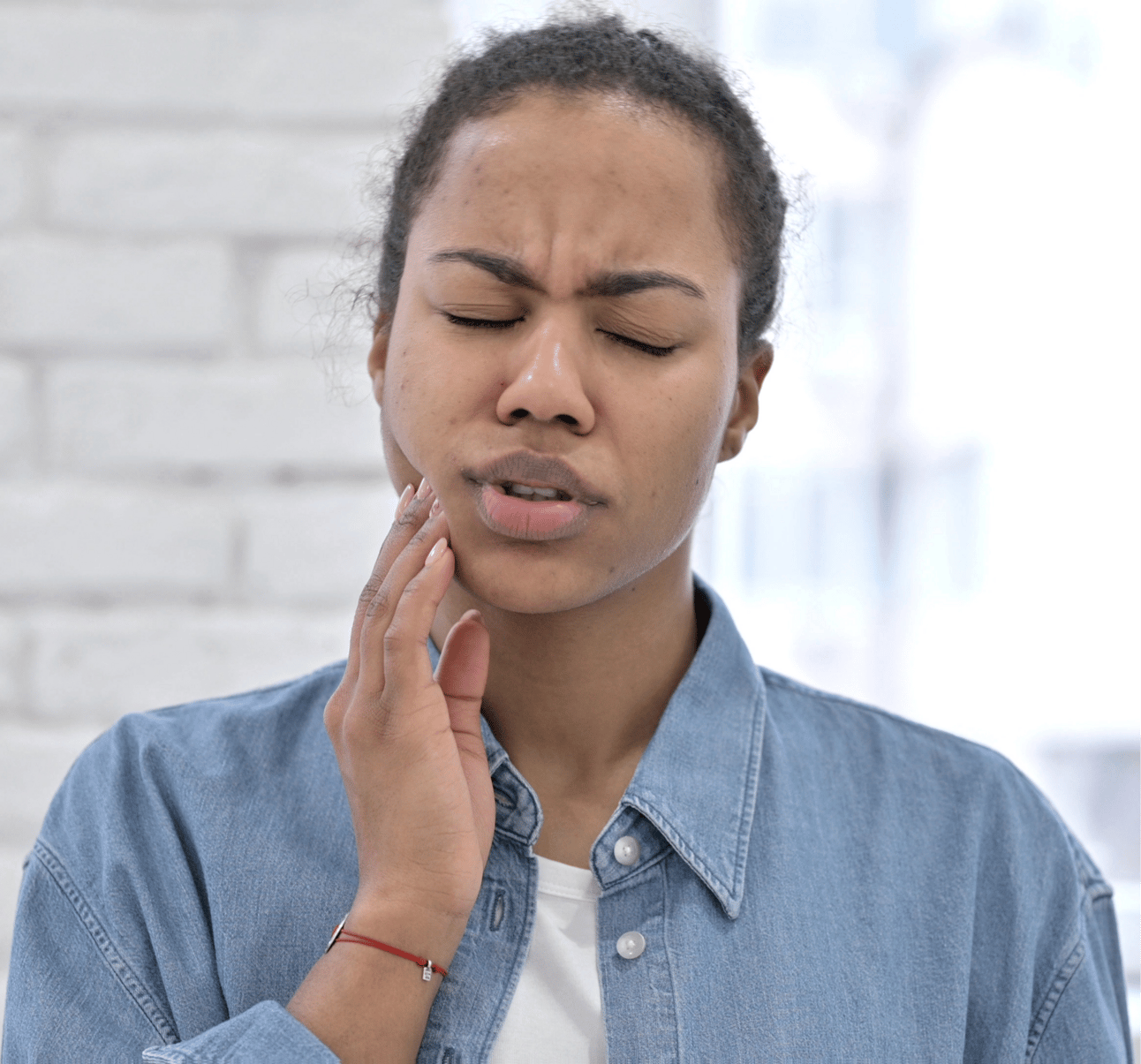- The Beat | Vasculearn Network
- Posts
- The Beat | April 2025
The Beat | April 2025
Patient education, a publication of Vasculearn Network

Table of Contents
Introducing the New Vasculearn Network
We’re excited to unveil the new and improved Vasculearn Network (VLN) website—built to better serve our growing community with easier access to trusted resources, engaging discussions, and exclusive events.
You’ll notice there’s something different, aside from the new look and feel:
You’re now able to access all of our resources with the ability to save content, share with friends, comment, and ask questions on everything.
Our events will be streamed within our new platform, allowing conversations to happen in the discussion thread during the event AND after.
Since this is a community, we've incorporated features like:
Platforms for sharing ideas to make our network stronger.
A member space to build new relationships.
Simple ways to share your story.
Exclusive member benefits including event registration, resource bookmarks, and community engagement.
This transition marks a major step in our mission to not just provide information but build a network of support and shared knowledge.
The next chapter of our mission:
Circulating knowledge. Saving lives.
We’d love to hear your feedback as we continue to grow. Comment on a post, share with your friends/family, and RSVP to an event.
See you in the network!
Meet our new Chief Technology Officer
Adam Judeh, the driving force behind the VLN online community, is dedicated to making vascular health education more accessible, collaborative, and impactful.

Adam came to us from a long career in operations leadership with Chipotle Mexican Grill and building his own operations and automation agency.
Instead of just building a website for our new brand, Adam came in with excitement and desire to help us truly evolve our nonprofit. We now have a true network that extends beyond just the digital space.
Fun Facts About Adam: He has a large, furry family (and yes, they make appearances at our meetings). He lives with his partner, 4 dogs, and a cat in sunny Minnesota. If he’s not working, you’ll find him with his family, golfing with his parents, and working on home renovation projects.
Thank you, Adam, for helping us build something special, and we’re excited to continue building the future of VLN with you!
VLN Launch Party
In March, we had the incredible opportunity to celebrate the official launch of VLN with so many of you—our dedicated clinicians, patients, supporters, and partners.
This event marked a major milestone in our journey, as we continue expanding VLN from a thrombosis-focused organization to a thriving community-driven network that bridges the connections between vascular health, education, and innovation.

Seeing so many passionate individuals come together in one space—sharing ideas, reconnecting, and looking toward the future—was truly inspiring.
We want to express our deepest gratitude to President Emeritus Dr. Samuel Z. Goldhaber, current President Dr. Christian T. Ruff, our VLN board members, and every single person who attended and contributed to making this night special.

Your support fuels our mission to create a space where education, collaboration, and impact thrive.
See the post ↓
Skip the Floss, Risk the Clot? The Surprising Link Between

May is National Stroke Awareness Month, making it a great time to highlight an often overlooked risk factor: oral health. Poor oral hygiene can lead to inflammation, which may contribute to conditions like stroke and heart disease.
As awareness grows, so does our understanding of why caring for your teeth and gums matters—not just for a healthy smile but for overall well-being.
We spoke with Dr. Souvik Sen, Professor and Chair of the Department of Neurology at the University of South Carolina School of Medicine, to explore the connection between oral health and cardiovascular risk, including how something as simple as flossing might play a role.
His recent study suggests a potential link between regular flossing and lower stroke risk, though the findings are still preliminary and haven't been published in a peer reviewed journal.
Further research is needed to confirm whether improving oral hygiene can truly help prevent strokes. "Flossing is a simple habit, but it appears to have a significant impact on reducing inflammation and the risk of clot-related strokes," Dr. Sen explained.
 | Your mouth is home to a mix of helpful and harmful bacteria. Normally, these bacteria maintain balance, aid digestion, and support oral health. However, poor oral hygiene allows harmful bacteria to grow, leading to gum disease and inflammation. Over time, bacteria from the mouth can enter the bloodstream, triggering an immune response. |
“We know that gum disease and tooth decay have been linked to heart disease for a long time. We think inflammation plays a key role. When inflammation is chronic, it could lead to hardened arteries, blockages, and possibly blood clots, increasing the risk of strokes and heart attacks."
Gum Disease and Inflammation
When bacteria build up on the teeth and gums, they form dental plaque. If left untreated, plaque can lead to periodontitis, a chronic condition that damages gum tissue. Inflamed gums become an easy entry point for bacteria into the bloodstream. Everyday activities like brushing or chewing food can dislodge bacteria, allowing them to enter your body.
Once in the bloodstream, bacteria trigger inflammation, affecting blood vessels in ways that increase cardiovascular risk:
Artery narrowing: Inflammation damages blood vessel walls, making them stiffer and more prone to blockages.
Plaque buildup: Some bacteria release toxins that contribute to fatty deposits in the arteries, making clots more likely.
Increased clot formation: Inflammation can promote platelet aggregation, increasing the risk of clots that block blood flow to the heart or brain.
Researchers have even found oral bacteria inside artery plaques, meaning they can travel through the blood. These bacteria can worsen plaque buildup by triggering inflammation and immune responses, making plaques weaker and more likely to rupture. If a plaque ruptures, it can cause a blood clot, which may lead to a heart attack or stroke.
Flossing and Stroke Prevention

Dr. Sen’s research suggests that flossing at least once a week is associated with a 22% lower risk of all types of strokes. Even after considering other habits like brushing and regular dental visits, flossing had an independent protective effect.
"We found that even after adjusting for other oral hygiene habits, flossing had an independent effect," Dr. Sen explained.
He also noted that flossing regularly may help reduce the risk of atrial fibrillation (Afib), a common irregular heartbeat that increases the risk of stroke.
Flossing and Stroke Risk: A Closer Look
Stroke can be divided into two main types:
Ischemic stroke (87% of strokes): Caused by a blood clot blocking a vessel.
Hemorrhagic stroke (13% of strokes): Caused by bleeding in the brain.
A cardioembolic stroke is a type of ischemic stroke caused by a clot that forms in the heart and travels to the brain. AFib increases the risk of these clots forming. If a clot breaks loose, it can travel to the brain and cause a stroke.
When looking at specific types of stroke, cardioembolic stroke showed the most significant reduction, with a 44% lower risk. While more research is needed, these findings suggest that a simple habit like flossing could have a meaningful impact on stroke prevention.
The Need for Further Research
Dr. Sen said his next step is to review the data carefully, making it easier to compare to a clinical trial.
A large trial would be hard to do, but ongoing studies could help give clearer answers. "It’s hard to do a clinical trial where half of the participants floss, and the other half don’t for 25 years. But the next step is to refine our data and see how we can match groups to get clearer results," he explained. |  |
Flossing Early and Often: A Simple Way to Support Heart Health
While flossing alone isn’t a guarantee against cardiovascular disease, maintaining good oral hygiene, including brushing, flossing, and seeing a dentist regularly may help.
“Flossing is very affordable. It's also easily done at home. Somebody doesn’t need access to a dentist to be flossing regularly,” said Dr. Sen.
He also emphasizes the importance of starting early. "Flossing should be part of early education, just like other good hygiene habits," he explained. Teaching good oral health practices at a young age could help more people adopt lifelong habits that may reduce health risks later.”

*The American Dental Association (ADA) recommends brushing your teeth twice a day, and flossing once a day.
Learn More About Oral Hygiene
Looking for more guidance on maintaining good oral hygiene? Trusted resources from the American Dental Association (ADA) and the National Institute of Dental and Craniofacial Research (NIDCR) offer evidence-based recommendations on brushing, flossing, and preventing gum disease.

Scan the QR code to access important website links.
Upcoming Patient Events
Ask the Expert
 | Our Ask the Expert series, formerly called Blood Clot Education Group, is a space to connect with others and learn about all things related to blood clots. |
Get accurate information on the latest research and treatments, and share your experiences.
Blood Clot Support Group
Hosted by Joelle Hochman, RRT, Chair of Patient Engagement & Education. After experiencing a blood clot, it’s normal to have a lot of questions. |  |
Many people are left feeling confused about why this happened to them and are anxious about it happening again.
Women's Support Group (Quarterly)
In recognition of National Women's Health Week, we at VLN understand the unique concerns women face when managing blood clots.
 | Women have unique risk factors and may experience symptoms such as heavy periods, spotting between cycles, or bleeding after sex, especially when taking blood thinners. |
To support you through these concerns, VLN hosts a quarterly women’s support group. It’s a welcoming space for women of all ages to connect, share experiences, and find strength together during their recovery journey.
Bilingual Cardiovascular Disease Prevention and Treatment Virtual Patient Education Series
We’re excited to offer a bilingual virtual series on preventing and treating heart disease. Led by expert physicians, these sessions provide practical guidance on heart health in a supportive, interactive space. |  |
Participants can join live Q&As and discussions tailored to their needs. To ensure accessibility, sessions are available in both English and Spanish, making it easy for you and your loved ones to participate and learn together.
Long-PE and CTEPH Support Group (Quarterly)
 | Have you or someone you care for experienced a pulmonary embolism (PE)? VLN offers a dedicated support group for patients with post-PE syndrome and CTEPH (Chronic Thromboembolic Pulmonary Hypertension). |
This group provides a safe space to connect with others, receive support, and learn more about managing life after PE.
All meetings start at 7:00 PM EST
In all online groups, a clinician will be available to answer general questions about blood clots. Please note that they cannot provide personalized medical advice to any patients.
To register for these programs, please visit Patient Events on our website at https://vln.thrombosis.org
Do you like what you see in The Beat and find this information helpful? Please consider making a small donation to VLN to further support blood clot education.
References:
Abstract 19: Dental Flossing May Lower the Risk for Incident Ischemic Stroke, Cardioembolic Stroke Subtype and AF – Stroke
Cardioembolic Stroke – Circulation Research
Effects of Oral Inflammatory Diseases and Oral Hygiene on Atrial Fibrillation: A Systemic Review – International Journal of Clinical Practice
Impact of Oral Hygiene Practices in Reducing Cardiometabolic Risk, Incidence, and Mortality: A Systematic Review – International Journal of Environmental Research and Public Health
Ischemic Stroke (Clots) – American Stroke Association
Let's Talk About Hemorrhagic Stroke – American Stroke Association
Roles of Oral Infections in the Pathomechanism of Atherosclerosis - International Journal of Molecular Sciences
The Oral Microbiota, Microbial Metabolites, and Immuno-Inflammatory Mechanisms in Cardiovascular Disease – International Journal of Molecular Sciences
The Oral Microbiome: Role of Key Organisms and Complex Networks in Oral Health and Disease - Periodontology
|


Reply